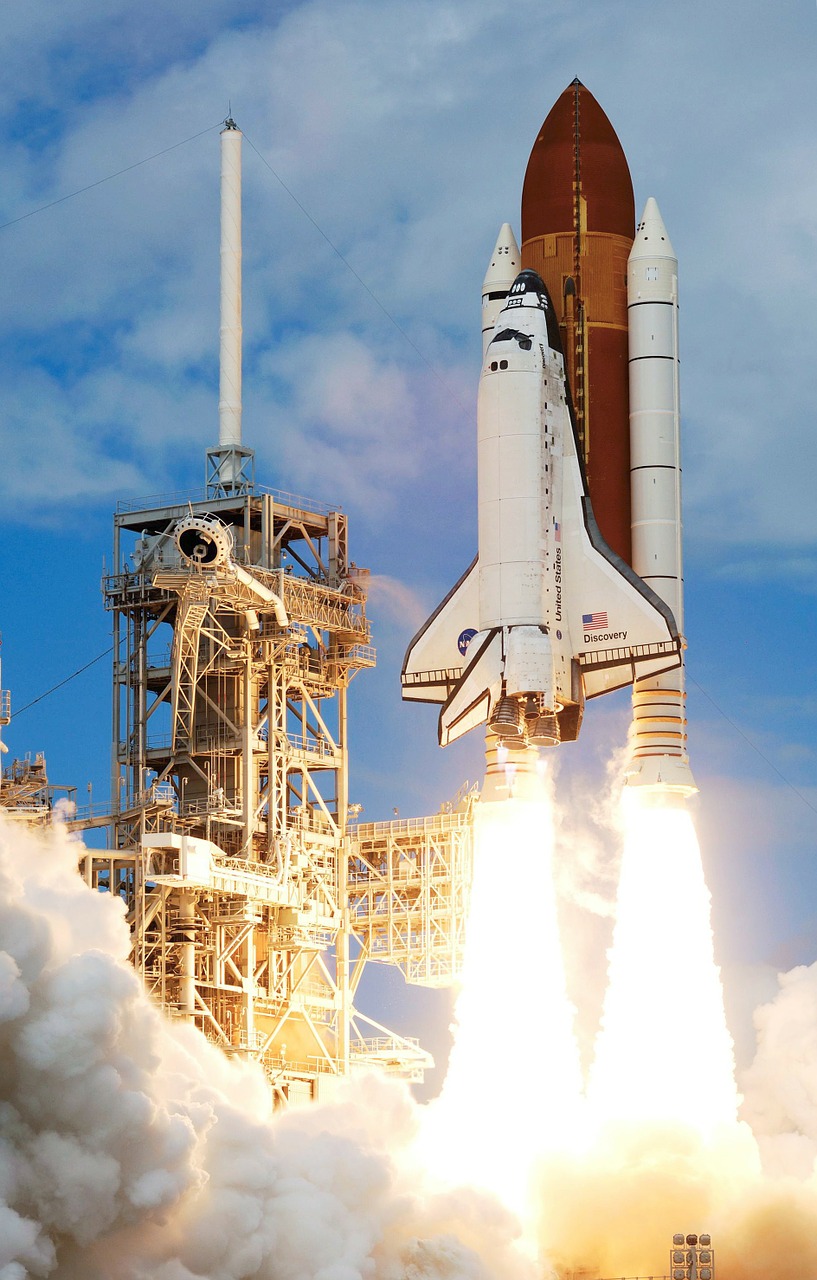
Vocabulary:
I will read the words, meanings, and sample sentences. Then, repeat after me.
- assign /uh-SAHYN/
- space shuttle /speys SHUHT-l/
- stable /STEY-buhl/
- swap /swop/
- cargo /KAHR-goh/
[verb] – to give a particular job or piece of work to someone
The task has been assigned to the senior employee.
[noun] – a vehicle in which people travel into space and back again, sometimes carrying a satellite or other equipment into orbit (= a curved path through space)
The space shuttle has reentered the Earth’s atmosphere.
[adjective] – firmly fixed or not likely to move or change
Make sure the tripod is stable.
[verb] – to exchange one thing for another
Can we swap places? I can’t see the screen.
[adjective] – related to the goods carried by a ship, aircraft, or other large vehicle
Last night, a cargo ship collided with a tanker carrying crude.
Article reading:
Please read the whole article. Then, I will check your pronunciation and intonation.
NASA has assigned Boeing’s Starliner as one of two US spacecraft to transport humans to and from the International Space Station (ISS). The vehicle is intended to usher in a new era of private “taxi services” that operate just above the surface of the Earth. NASA became reliant on Russia to send its astronauts to the ISS after the space shuttle was retired in 2011. Meanwhile, NASA worked on transferring this project to American firms. Boeing and SpaceX were chosen by NASA to create new spacecraft and acquire seats for its crew once they began flying.
Starliner has an Apollo-like design with conical sides, which keeps the capsule stable as it plummets into the Earth’s atmosphere at tremendous speeds. It does, however, have more autonomy than either the Apollo or shuttle spacecraft. Boeing’s vehicle travels to the International Space Station and docks with little to no assistance from astronauts.nIt’s also made to be more secure. Unlike the space shuttle, Starliner contains an emergency escape system that may transport the crew away from the rocket in the event of a launch emergency.
“The vehicle is made up of two primary sections that are connected from launch to shortly before re-entry:
•A crew module is a spacecraft that carries humans on board.
•A service module provides power and propulsion.
Furthermore, NASA missions will carry four to five passengers every flight, with seats swapped for additional cargo storage. If the fifth seat becomes available, Boeing has the option of selling it to a space tourist or transporting a foreign astronaut.”
Starliner has an Apollo-like design with conical sides, which keeps the capsule stable as it plummets into the Earth’s atmosphere at tremendous speeds. It does, however, have more autonomy than either the Apollo or shuttle spacecraft. Boeing’s vehicle travels to the International Space Station and docks with little to no assistance from astronauts.nIt’s also made to be more secure. Unlike the space shuttle, Starliner contains an emergency escape system that may transport the crew away from the rocket in the event of a launch emergency.
“The vehicle is made up of two primary sections that are connected from launch to shortly before re-entry:
•A crew module is a spacecraft that carries humans on board.
•A service module provides power and propulsion.
Furthermore, NASA missions will carry four to five passengers every flight, with seats swapped for additional cargo storage. If the fifth seat becomes available, Boeing has the option of selling it to a space tourist or transporting a foreign astronaut.”
Discussion Questions:
I will read each question. Then, please answer them.
- Which spacecraft do you know something about?
- Do you know anyone who knows a lot about spacecraft?
- If you had the money, would you like to be a space tourist? Why or why not?
- Do you agree with the idea to sell the available seat to a space tourist?
- What do you think is the difference between Boeing’s Starliner spacecraft from other spacecraft?
Summarization
Please summarize the whole article using your own words and expressions. You will have one minute to prepare before you answer.
Describe:
Please explain the definition of each word listed below based on your understanding. You can provide example sentences if needed.
- spacecraft
- reliant
- tremendous
- capsule
- assistance